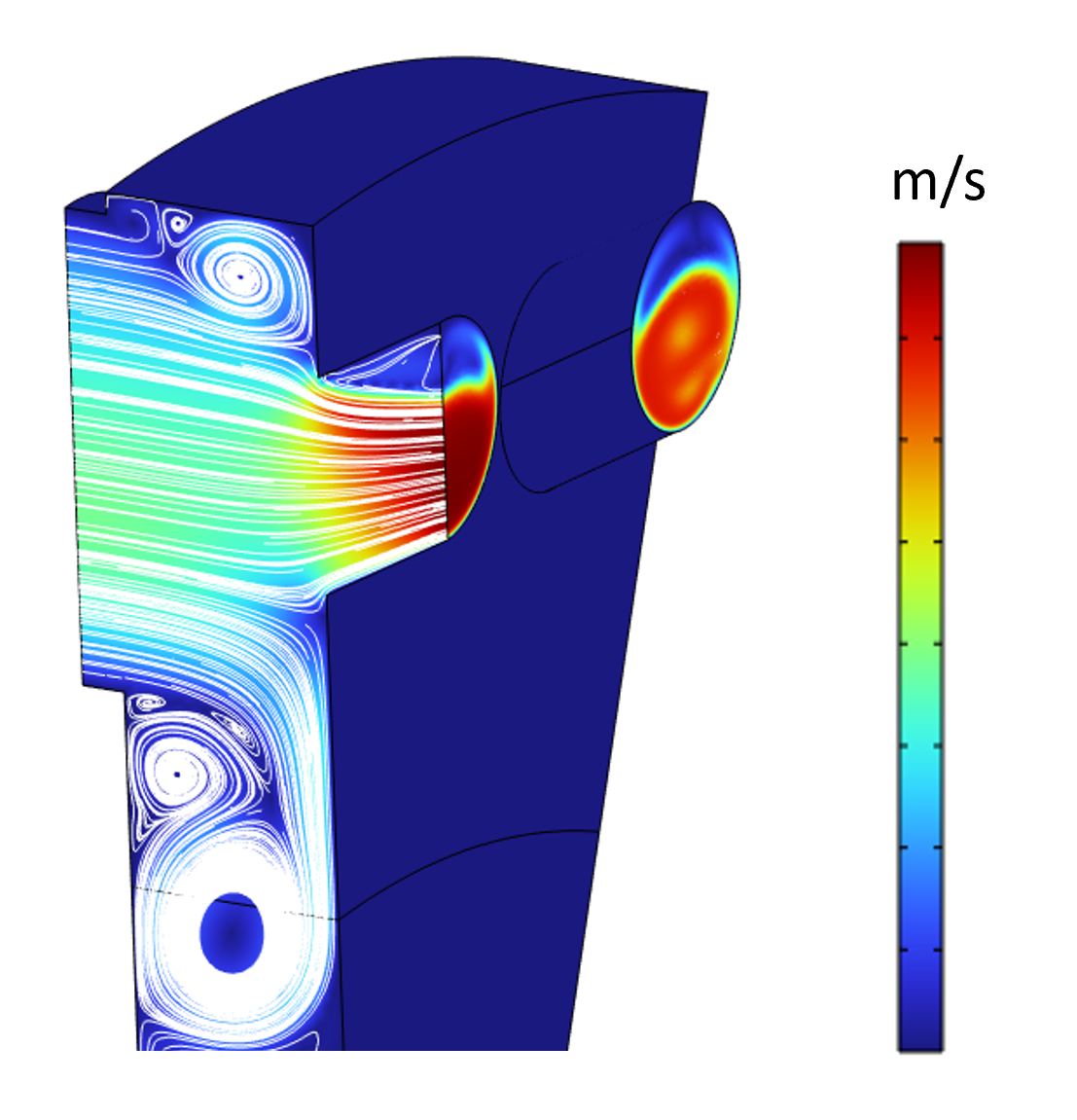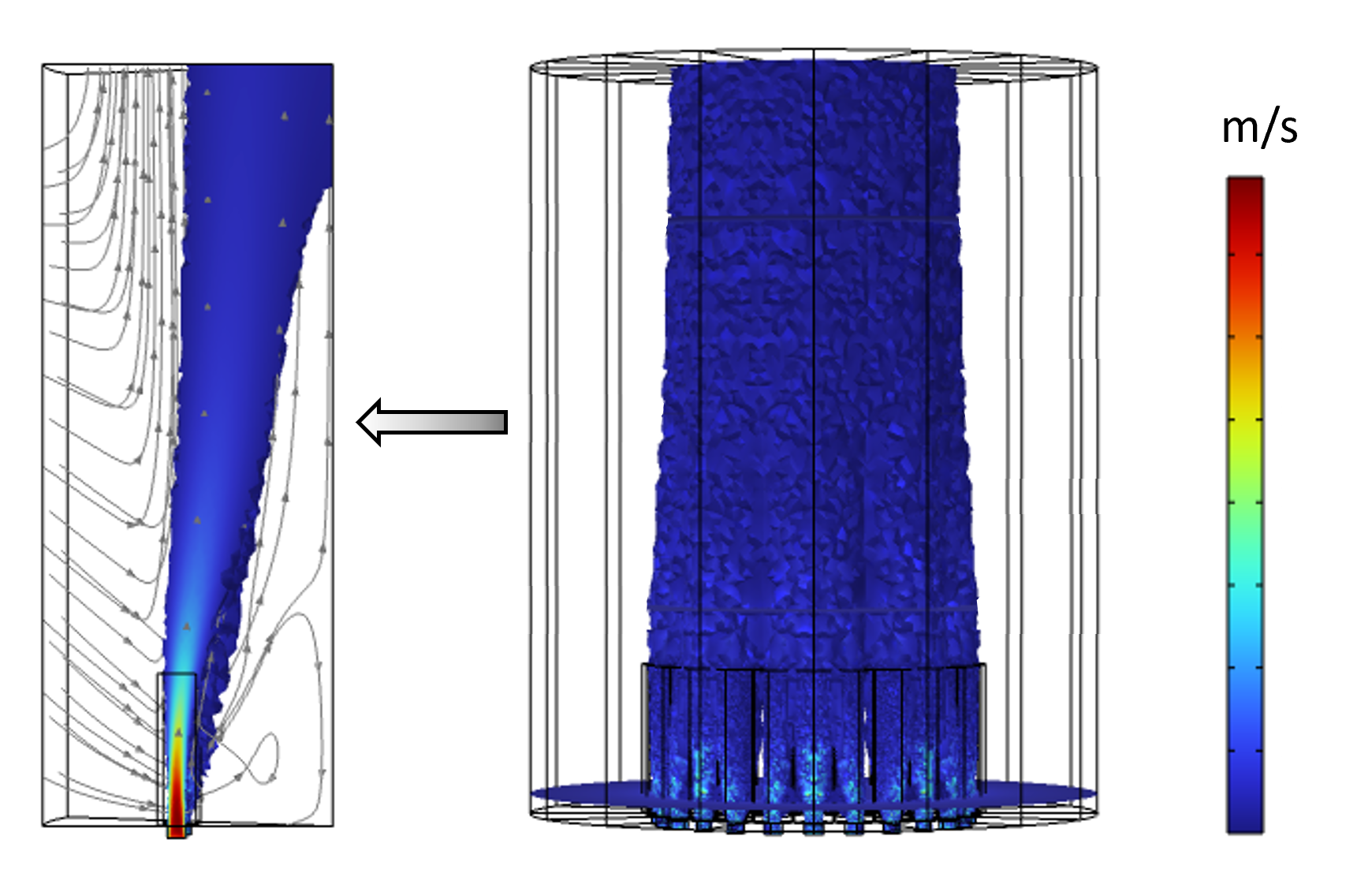Sub-project: Simulation of the gas flow inside the laparoscope and in the area of the distal lens


In video-assisted minimally invasive surgery, contamination of the distal optics is a significant and as yet unsolved problem. The innovation of the project consists of visual protection by creating a gas cushion in front of the laparoscope optics. For this purpose, the insufflation gases are guided through the distal optical element of the laparoscope and the resulting disturbances in the video image are corrected in real time by an electronic evaluation unit. To realize this approach, the necessary image processing in real time and the control of insufflation gases by a trocar-side output must be realized. The aim of the project is to create a functional model to demonstrate the functionality of the process. In the project, the interdisciplinary team will redesign the entire device, including the endoscope and control electronics.
 Fraunhofer Institute for Manufacturing Technology and Advanced Materials IFAM
Fraunhofer Institute for Manufacturing Technology and Advanced Materials IFAM




